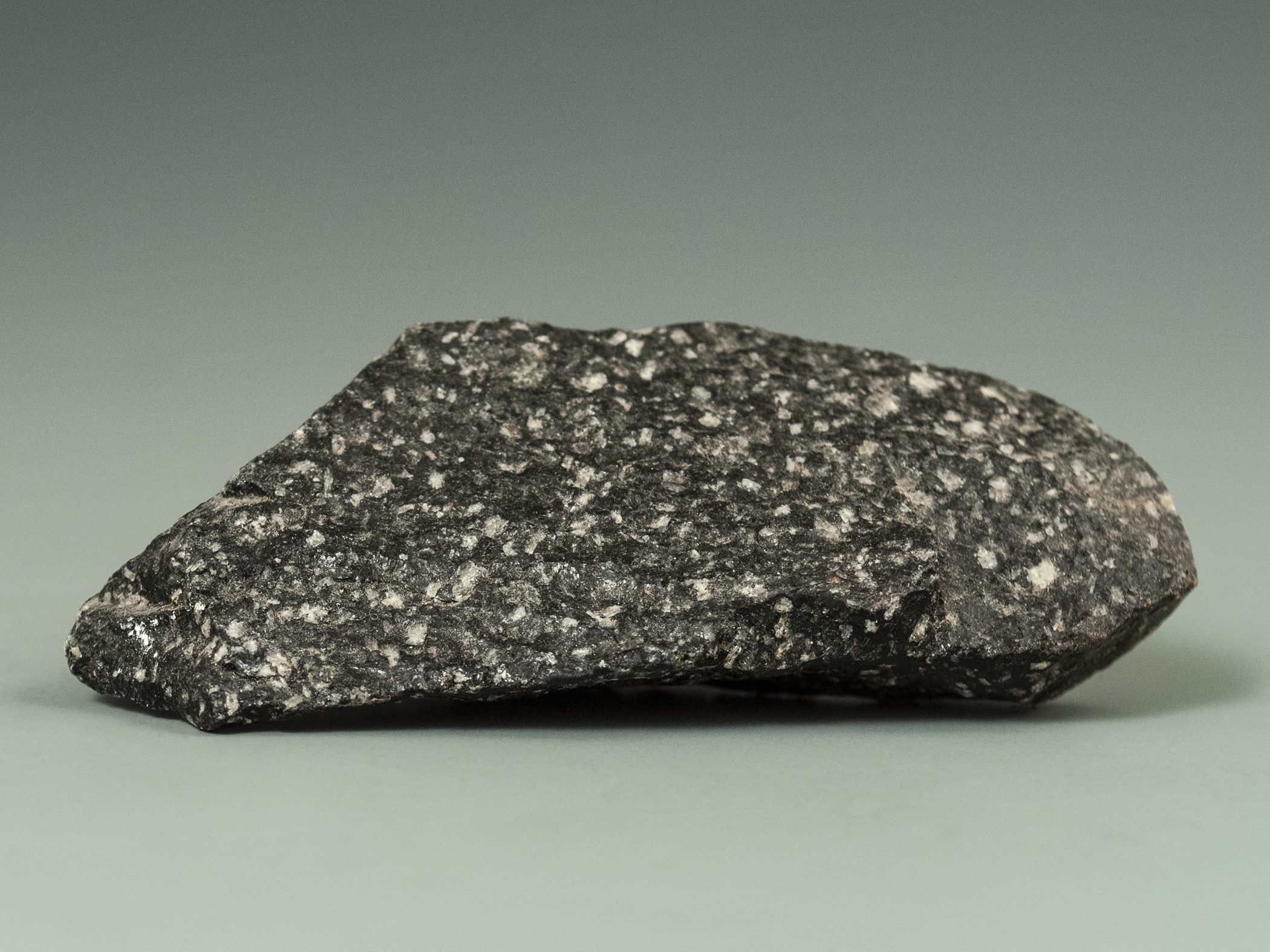Black Granite Rock
Kailash, Tibet, 2002

Every 12 years the Tibetan zodiac repeats itself, cycling through a menagerie of mythical beasts and barnyard animals. Most auspicious is the Year of the Horse—the year of my birth. Every Horse Year, the merit gained by a pilgrimage to Tibet’s Mount Kailash is multiplied many times. And so, in 2002, I joined thousands of Buddhists, Hindus, and other seekers on the kora (devotional clockwise circuit) circling the holy mountain.
The journey to Kailash is torturous, a karmic crucible that reduces pilgrims to their essence. True to form, it was among the most difficult and despairing experiences of my life. Though the mountain is utterly magnificent, and the spiritual power of the raw, stony, high-altitude kora left me awe-struck, I faced an awful challenge: The only other traveler in my tiny group was Helga, a deeply troubled and likely bipolar German woman.
Helga took it into her head that I was a loathsome presence, surrounded by a “black aura.” She warned our timid Nepali guide and cooks—whom she plied with sex, clothing, and promises of education abroad—to provide me no services. Her demonic mien terrified them, and with awkward apologies to me they obeyed. I responded with what I imagined was required of me on this Buddhist enterprise: compassion and equanimity.
The geology of Kailash is hallucinatory. Each stone—each cell of the landscape—embodies the entire mountain, like the grains of a hologram. I picked up many rocks but kept few, placing most atop the high cairns and prayer-carved mani walls that marked passes, gompas, and other significant stations along the route.
One rock—black granite, flecked with white—became my touchstone. Raised to the surface despite unimaginable obstacles, it became a symbol of power and perseverance: the inner strength I’d need to complete my Horse Year pilgrimage with integrity.
During our three-week trek—over the Nepali border into Tibet, past Lake Manasarovar, around Mount Kailash and back—Helga’s craziness persisted. I was abused, ignored, and treated as a contaminant. But on the final day of the trip, gripping my stone, I finally fathomed the meaning of my test. Not all adversaries can be treated with docility. I raised my sword, and (metaphorically, but decisively) slew the demoness.
On my return to Kathmandu, I asked my 14-year-old goddaughter what I should call my account of this strange and terrible journey. She answered, unhesitating, with a brilliant bit of word play: “Black Kora.”
